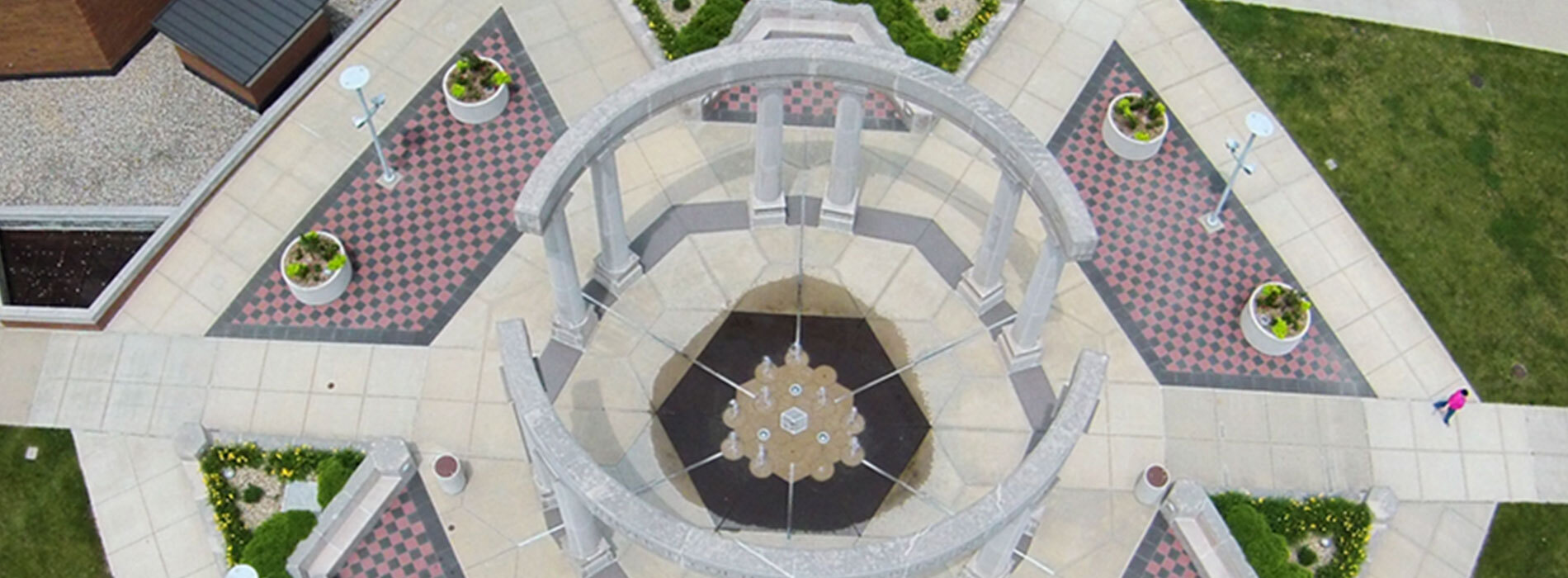History of SSU-UIS: Opening of SSU
SSU Doors Will Open This Fall
By Caryl Castens
State Journal-Register, January 1, 1970, p. 42
Sangamon State University will achieve three-fourths of its enrollment growth in the 1970’s, with more than 13,000 students in its programs, according to present projections. The new university received its final go-ahead in 1969 when the legislature approved its first annual appropriation, which includes sufficient funds to begin planning for a September opening in temporary buildings. University President Robert Spencer took over his new position last September and his staff has been organized over the past four months.
Their job is to have the new university ready to accept the anticipated enrollment of 750 full and part time students this fall.
From this small beginning, Sangamon State is expected to grow to a 1979 enrollment of 13,500 full and part time students, enrolled at both the undergraduate and graduate levels.
This autumn there will be a faculty of about 40 teachers backed by a non-teaching staff of around 60 persons. By 1979 the faculty is expected to include 900 persons. Administrative and other personnel will total around 1,000 persons.
Since Sangamon State University will include only the third and fourth years of undergraduate work, a large proportion of its students will be at the graduate level. Spencer and his staff predict that in 1979, there will be about 6,000 graduate students and 7,425 undergraduates.
Present predictions are that the university will reach an enrollment of 18,000 students by 1982. Spencer believes this enrollment is the maximum number of students Sangamon can enroll and still be an effective teaching institution.
Spencer’s goal in the education of these thousands of future Sangamon students is to produce persons with a good liberal arts background who have had some experience in the occupation they expect to follow.
Students will be sent out from the Sangamon campus to work in the fields of their future careers for an 8 to 16 week period. They will learn to know the day to day reality of their business or profession.
By this combination of on-the-job experience and academic education, Spencer hopes to be able to give basic professional training to his future students and still save Sangamon State from the fate of being a glorified trade school.
“What employers are looking for is not a narrow skill,” Spencer said. They want a young person with good educational background who can be expected to develop specific skills on the job, he explained.
Discussions already have begun with heads of departments and agencies in the state government and managers of private businesses and industries. The on the job training program will require a close relationship between the Springfield area community and the university, Spencer said.
In the beginning, Sangamon State University’s programs will include courses preparing students for the fields of public administration, business administration and elementary and secondary teaching.
It is expected that 10 undergraduate programs will be offered this fall. Ultimately there will be as many as 25 programs.
There will be eight graduate programs this fall. By the late 1970’s there will be as many as 48. Graduate training eventually may be offered in the fields or nursing, the allied health professions, urban studies and environmental studies as well as in the administrative fields.
Besides young students who are continuing their education directly from high school, Sangamon State is expected to have many older students who are continuing their education on a part time basis while they work at fulltime jobs. From the beginning, Sangamon will offer night courses at both the graduate and undergraduate levels, if there is a demand for them.
The adjacent campuses of Sangamon State University and its sister institution, Lincoln Land Community College, will become a city with the city by the late 1970’s.
Sangamon State architect, Joseph Murphy of St Louis, refers to the senior institution’s campus as a possible “model city” in its combination of the various elements needed to handle the activities of more than 20,000 persons in the 1980’s.
Construction on the Sangamon campus is expected to have a valuation of around $75 million by 1980. The master plan for Sangamon’s campus still is in the preliminary stage of development. However, its physical capacities are expected to include around two million square feet of buildings and parking areas for up to 8,000 cars.


